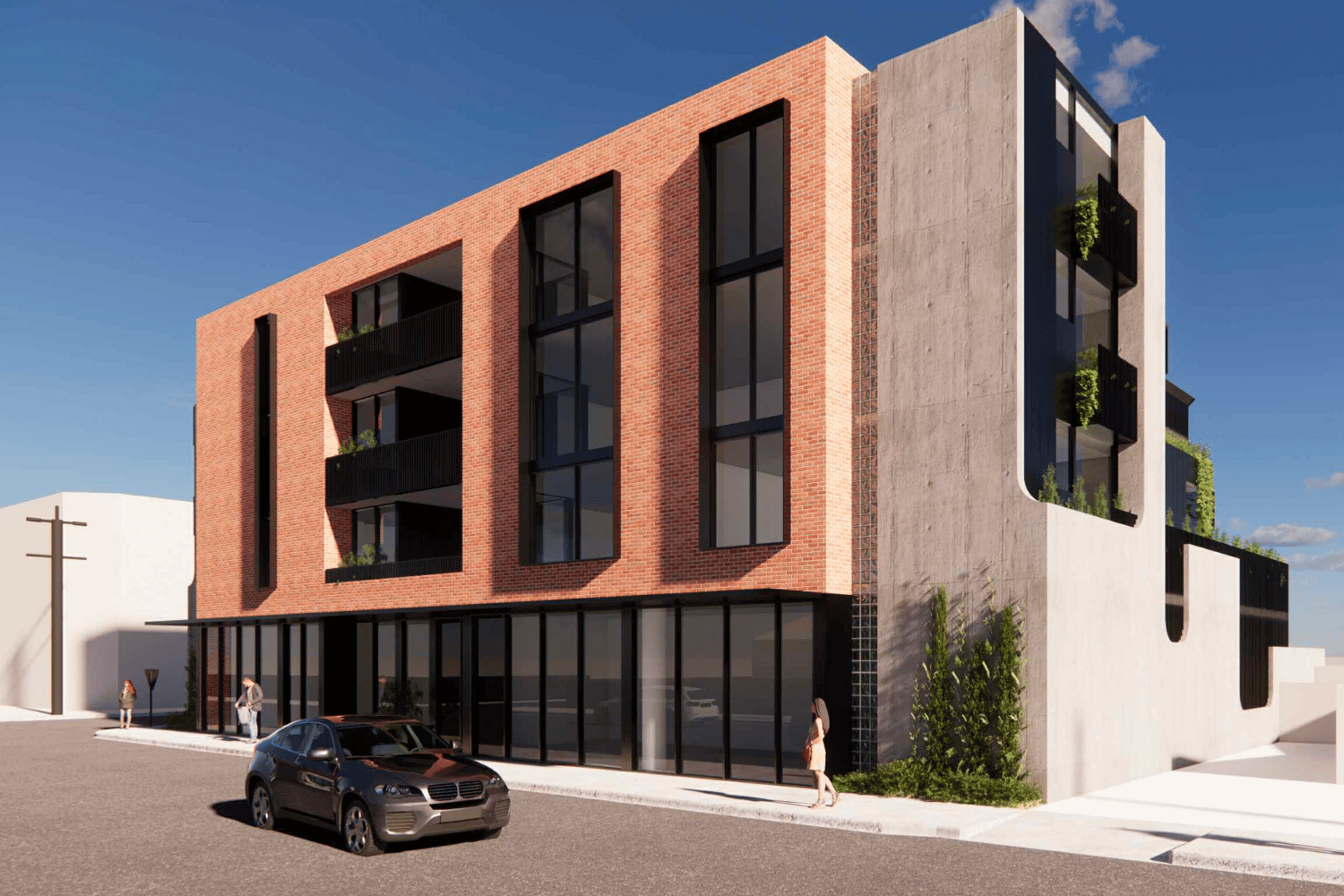Insights on SDA Housing from an Experienced Access Consultant
Demand for Specialist Disability Accommodation (SDA) is rising in Australia, creating investment opportunities that support people with high-needs disabilities. However, these opportunities come with challenges. Factors like supply and demand, SDA approval processes, and specific design requirements require thorough understanding before investing.
This article outlines the essential aspects of SDA housing, including the role of assessors, the significance of research, and the current market conditions, providing the information needed for informed, sustainable investment decisions.
Read also: Managing Funding Delays & Vacant Properties in SDA Housing
The Role of SDA Assessors: What You Need to Know
Are SDA assessors simply gatekeepers, or do they play a deeper role in shaping SDA properties? How does their review of design impact eligibility under the NDIS? What happens when designs fail to meet SDA standards? Can missing their input cause costly delays or affect tenant occupancy? Understanding their role might be more important than you realise.
Robust Housing: A Growing Challenge for Developers and Investors
Why is robust housing so challenging to develop and invest in? With only a small number of participants qualifying, does the high construction cost outweigh potential returns?
One of the most challenging aspects of the SDA market is robust housing. This type of housing caters to participants with high care needs and complex disabilities. However, there are only around 2,000 participants who qualify for robust housing, and the cost of building robust homes is significantly higher than other SDA properties.
Moreover, the income potential for robust housing is lower because most of these homes only support one participant. In addition to high construction costs, robust housing tends to have a narrower market of potential tenants, leading to higher vacancy rates and lower returns.
For investors, it’s important to evaluate whether the higher cost of building robust homes is justified by the expected return. If you're looking at robust housing, make sure to factor in the low income potential and the limited number of eligible participants.
Over-Supply in SDA Housing: What This Means for Investors
Over-supply is becoming an increasing problem in the SDA market, especially in areas like Melbourne. According to recent data, if all current pipeline projects are completed, we could see an oversupply of up to 4,000 SDA places in Melbourne alone in the next two years. This over-supply could result in long vacancy periods and an increase in competition among providers.
The cause of this over-supply is often a mismatch between where properties are being built and where demand actually exists. For example, areas with limited infrastructure, like public transport and healthcare facilities, may struggle to attract tenants, while areas with robust services and amenities are experiencing high demand.
Investors should be mindful of this issue and focus on building in areas with strong demand and infrastructure. Conducting thorough market research to avoid oversaturation in certain regions and ensure that your SDA property will be well-occupied.
Read also: Why Oversupply holding back SDA Investment
Disconnect Between Developers and Participants’ Needs
A significant issue in the SDA market is the lack of collaboration between
SDA developers and
SIL providers(Supported Independent Living providers). Too often, developers build properties based on general market assumptions, without consulting the actual needs of participants. This disconnect can lead to the development of properties that are not suitable for the people they are meant to serve.
Investors must consider all aspects of SDA investment, going beyond the property alone. Early engagement with SIL (Supported Independent Living) and SDA providers clarifies participant needs and preferences in the local area. This collaboration informs the design and development process to create housing aligned with demand.
Properties that match participant requirements reduce vacancy periods and improve occupancy rates. This approach supports residents’ independence and wellbeing while increasing the likelihood of steady returns and sustainable investment outcomes.
Improve Your SDA Investment Strategy

Investing in SDA housing isn’t just about purchasing a property and hoping for the best. It requires careful planning, due diligence, and ongoing research. Here are a few practical steps that can improve your investment strategy:
- Do Your Research: Before committing to an SDA property, speak to
SIL providers and
SDA providers in the area. Understand the demand for specific types of housing, including
Fully Accessible (FA) and
High Physical Support (HPS) dwellings. Researching local community infrastructure, such as healthcare facilities and public transport, will also help you understand the potential for long-term tenant occupancy.
- Consult with Experts: Engage with experienced
SDA assessors and
building surveyors early in the design process. Their expertise can help guide you in building properties that meet the latest
SDA guidelines and are suited to the needs of the intended participants.
Focus on Location: Location is a key factor in the success of your SDA investment. Areas with good infrastructure and access to services are more likely to attract participants and maintain low vacancy rates.
What SDA Investors Need to Know Moving Forward
The SDA market presents significant opportunities for investors, but it’s important to approach it with a clear strategy. Understanding the SDA approval process, the role of SDA assessors, and the challenges associated with over-supply and robust housing can help you make more informed decisions.
If you’re looking to maximise your SDA investment, start by doing your research, engaging with the right professionals, and choosing locations with strong demand. With careful planning and the right support, you can make your SDA investment successful and impactful.
Ready to take the next step in your SDA investment? Contact us today to speak with an expert and get tailored advice on how to optimise your investment strategy.




